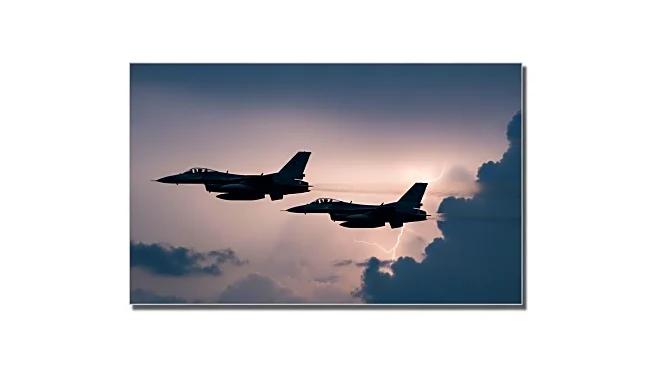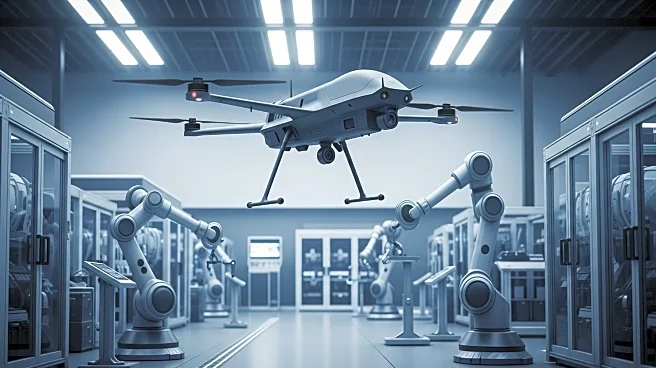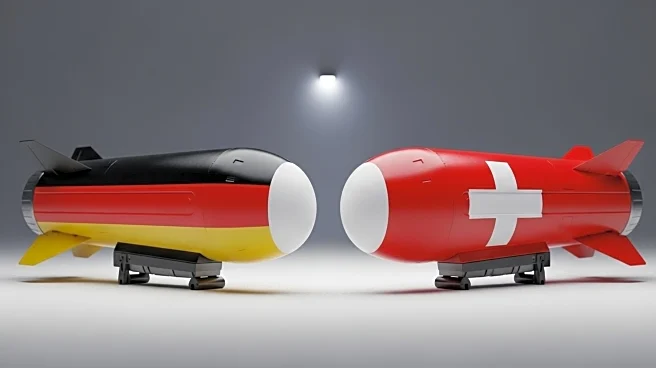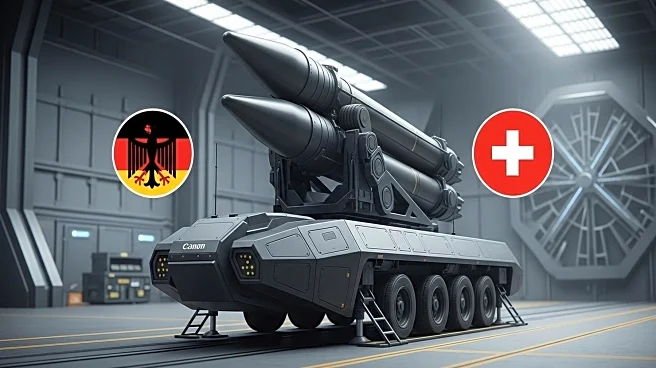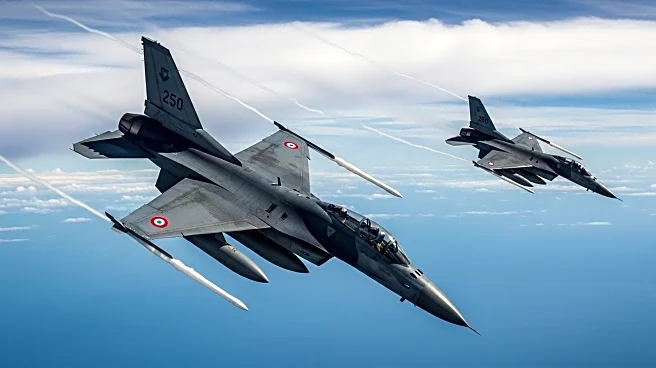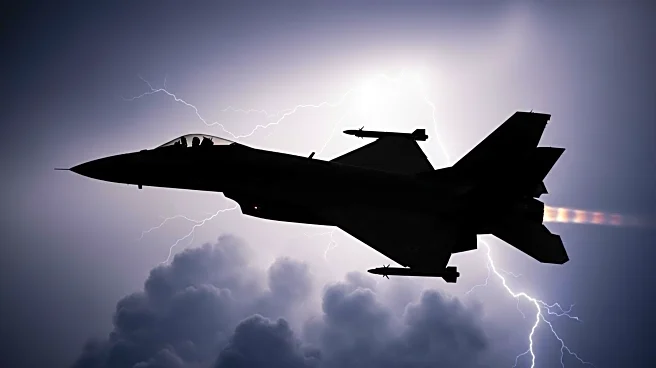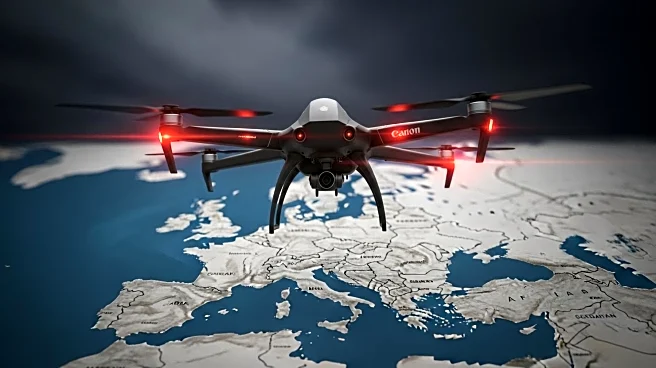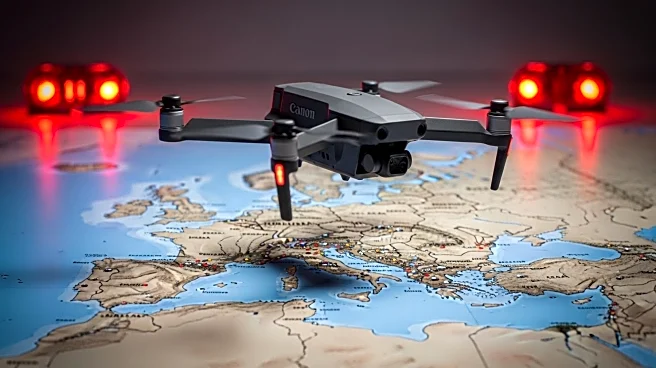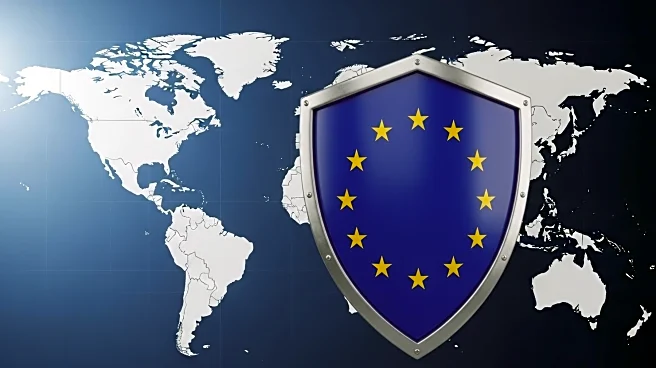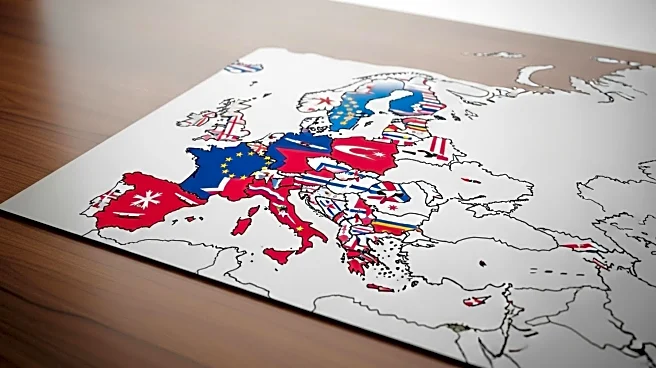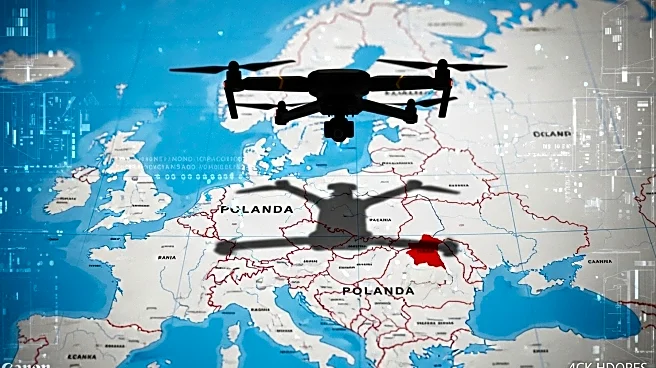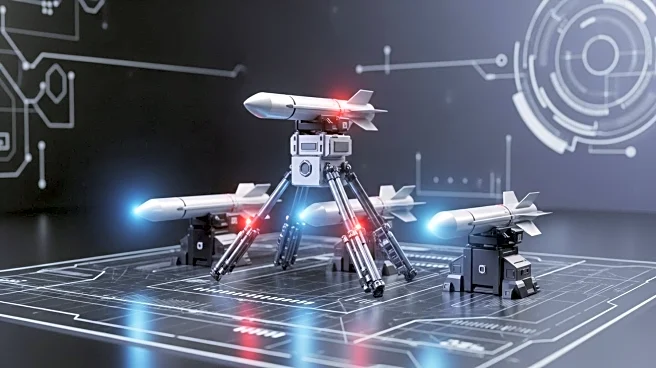What is the story about?
What's Happening?
NATO allies are discussing the possibility of allowing pilots to shoot down Russian aircraft amid increasing tensions. This consideration follows alleged airspace violations and drone incursions by Russia. The discussions involve easing restrictions on pilots and deploying armed drones along the Russian border. NATO aims to deter and defend against hybrid threats, including cyber-attacks and sabotage. The potential escalation of military engagement with Russia poses significant risks, as both sides have warned of the consequences of direct conflict.
Why It's Important?
The potential change in NATO's rules of engagement reflects the heightened tensions between the alliance and Russia. As airspace violations and drone incursions increase, NATO seeks to strengthen its deterrence capabilities. The decision to allow pilots to engage Russian aircraft could escalate military confrontations, impacting international relations and security dynamics. The situation underscores the need for strategic responses to hybrid threats and the importance of maintaining stability in Europe.
What's Next?
NATO's discussions may lead to changes in military protocols and defense strategies. The alliance will continue to monitor Russian activities and adapt its posture accordingly. Diplomatic efforts may be necessary to prevent further escalation and manage the risks of direct conflict. The development of advanced detection and interception technologies will be crucial in addressing airspace violations.
Beyond the Headlines
The evolving nature of warfare, including hybrid and cyber threats, challenges traditional military strategies and international norms. The implications of engaging Russian aircraft extend beyond immediate security concerns, affecting diplomatic relations and global stability. The balance between deterrence and diplomacy will be critical in navigating the complexities of modern conflict.
AI Generated Content
Do you find this article useful?
